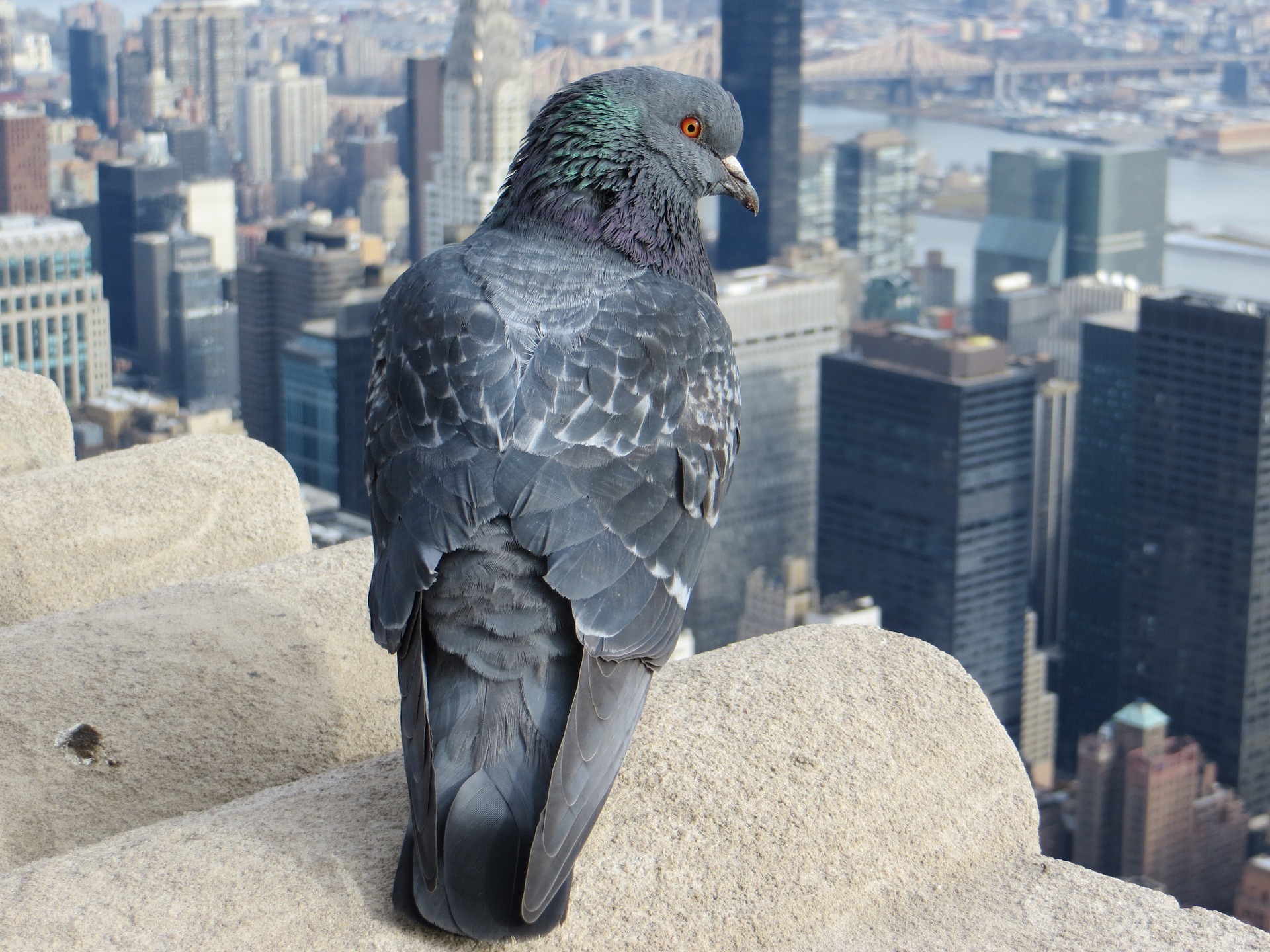Birds of the Big Apple
We independently evaluate all recommended products and services. If you click on links we provide, we may receive compensation.
We independently evaluate all recommended products and services. If you click on links we provide, we may receive compensation.
